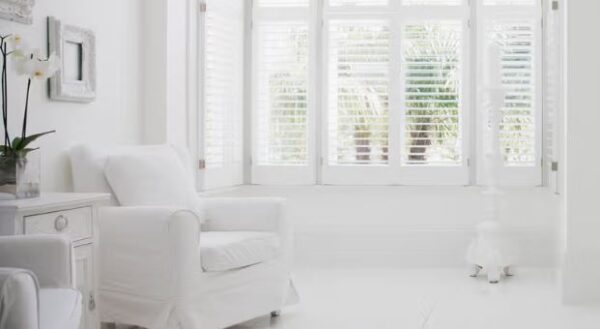Lifestyle
5 signs your love for white may actually be a mental disorder

Loving a specific color is one thing, but when does an obsession with white tip over into something you should be concerned about?
It’s cool to have a favorite shade for your threads or your crib, but there’s a thin line between preference and a potential mental health issue.
1. It’s all or nothing
Do you find yourself unable to use or wear anything that isn’t white? If your commitment to white extends to the point where you reject items purely because of their color, it might be a sign of obsessive-compulsive behavior.
This all-or-nothing approach can limit your experiences and even affect your social interactions.
2. Constant anxiety over color
Feeling anxious or distressed when you’re not surrounded by white could be a red flag. If the absence of white in your environment makes you uncomfortable or anxious, it’s worth considering why this color holds so much power over your emotions. This level of anxiety over a color preference is not typical.
3. Excessive time and money spent
If you’re spending an excessive amount of time or money to ensure everything around you is white, from your home decor to your wardrobe, it could indicate a problem.
When the pursuit of a single color dominates your finances and schedule, it’s time to step back and evaluate.
4. Impact on relationships
Has your obsession with white caused rifts in your relationships? If friends or family members express concern over your fixation or if it leads to arguments, it’s a sign that your preference might be crossing into unhealthy territory.
The strain on your relationships can be a wake-up call to reassess your priorities.
5. It feels compulsive
Finally, if your drive to surround yourself with white feels more compulsive than a choice, it’s a significant indicator of a deeper issue. When the need to have everything in white feels out of your control, it may be time to seek professional help.
Loving white is perfectly fine, but when it starts to dictate your life choices and affect your well-being, it’s crucial to find balance.
Recognizing these signs is the first step towards understanding your behavior and seeking help if needed. It’s okay to have preferences, but they shouldn’t come at the cost of your happiness or mental health.










